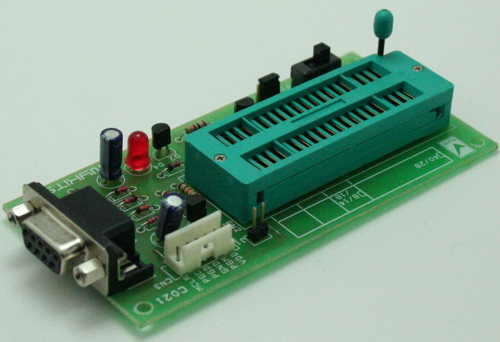
The first versions of the MCU, same as the traditional stop mode. The clamping diodes on the ESP IOs can handle 3mA as per the datasheet. Most were designed to operate directly from a 5-V supply. This is the reason for connecting a 5V UART system directly to the ESP32 in the ESP32 CH340 programmer schematic. However, in this case the CH340C pin output current is limited to 3mA only and the input logic-high threshold is low enough to allow the ESP to use 3.3V CMOS logic levels on the UART pins. Alternatively, some 'programmers' merely send code to a preprogrammmed chip with a bootloader. The reason is that the PIC requires 13V to kick it into programming mode, that is why most programmers use an additional charge pump circuit. Under normal circumstances, directly connecting the TX and RX lines to ESP32 or ESP8266 will kill the ESP chips because they are not supposed to work with 5V UART devices. You cannot make a programmer using only serial port and max232. Therefore, we have the TX and RX pins working at 5V instead of 3.3V. The problem here is that the CH340C output logic levels are referenced to VCC input.

Designer Reference Manual DRM046 Rev 0 Introduction MOTOROLA For More Information On This Product, Go to: MC68HC908QY Family Advantages and Features The MC68HC908QY4 is a member of the low-cost, high-performance M68HC08 Family. In the example schematic, the CH340 is powered directly from the USB bus. The design can be used as a reference design for developing customer specific applications.

If VCC is tied to V3, then the CH340 must be powered by and external 3.3V source only. The V3 pin should be left connected to a decoupling capacitor only to enable the internal 3.3V LDO when VCC = 5V is used. The VCC pin can take in either 5V or 3.3V.


 0 kommentar(er)
0 kommentar(er)
